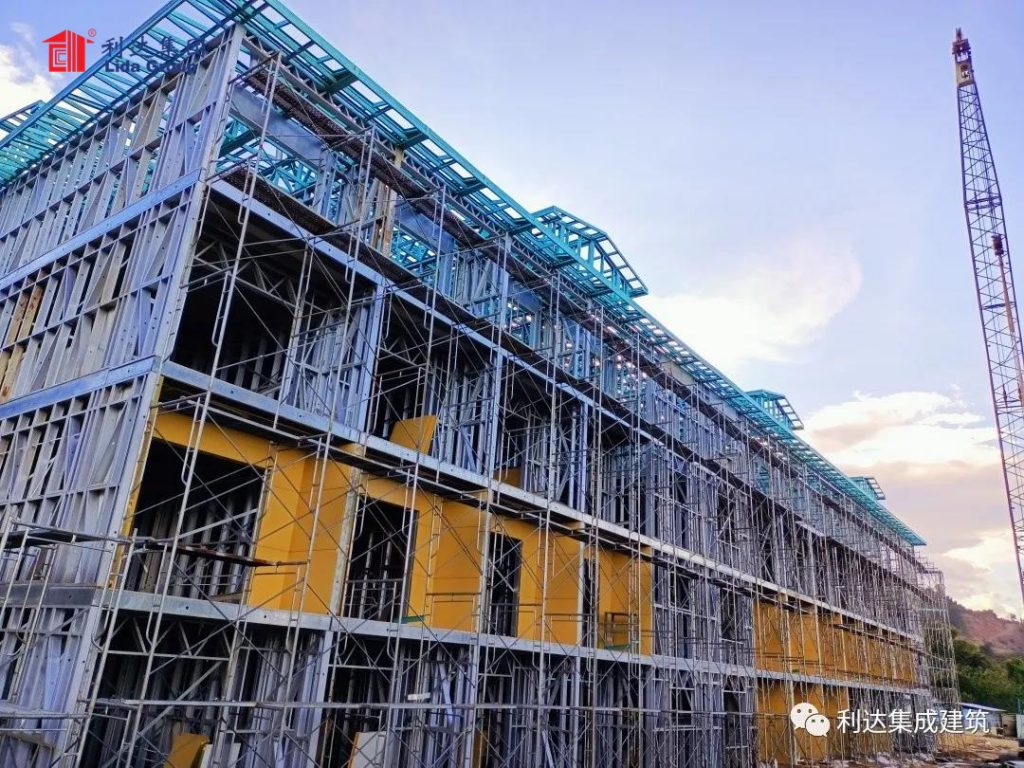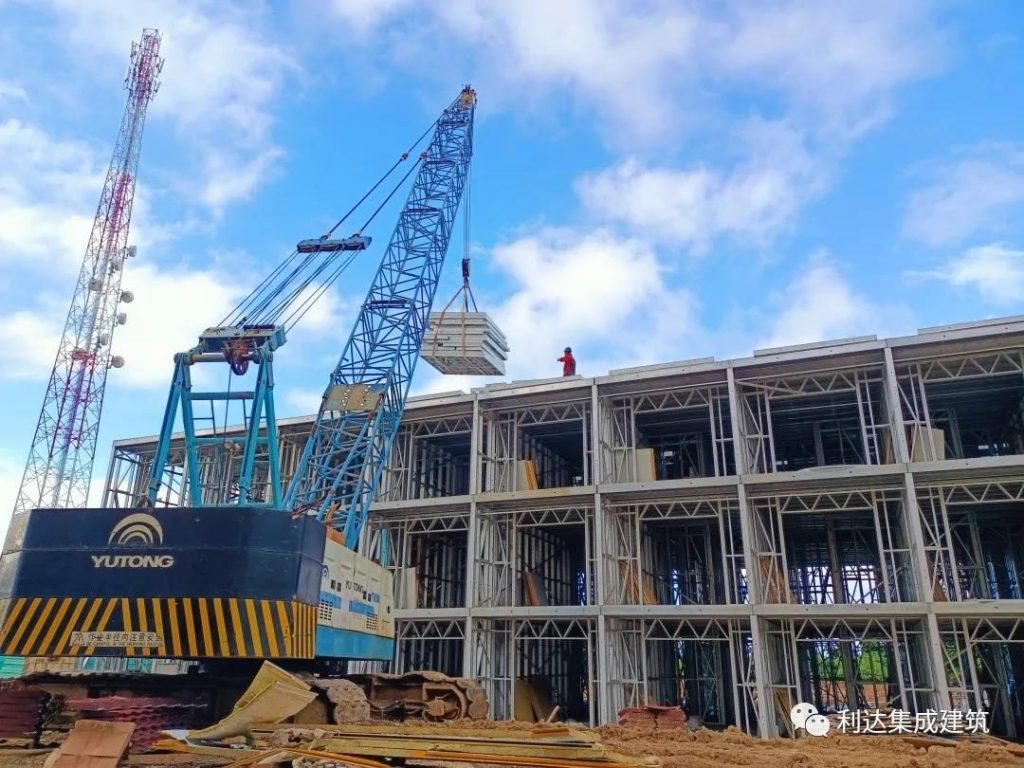While buildings are typically designed for a specific function, the best structures exhibit a duality of purpose that balances stability with adaptability. Nowhere is this duality more apparent than in steel framed buildings, which combine the material integrity of metal skeletons with a flexible capacity to accommodate evolving uses.
Steel structures owe their longevity in large part to the inherent integrity of their material. The corrosion resistance,strength and durability of steel enable frame buildings – from warehousesconstructed by contractors like the Lida Group to multistory office towers – to withstand the test of time. The structural reliability of metal framework acts as a solid foundation, ensuring essential functional requirements are met over decades of service.
However,beneath their sturdy exteriors,steel framed buildings also harbora flexible capacity to reshapetheir functions over time in response to changing needs. The lack of internal load-bearing walls inherent in metal skeletons allows for easy reconfiguration of interior spaceswithout compromising structural integrity.Non-structural floors and partitions can be routinelymodified or removed altogether, transforming how buildings serve occupants.

This duality of material integrityand flexible function has enabled countless steel structures to reinvent themselves over multiple generations. Factories originally built to produce products now house creative businesses.Warehouses now accommodate living and recreational activities.Even steel structure housesused for single families have been expanded for multigenerational occupancy.With proper planning,steel framed buildings appear indestructibleyet instantly transformable.
Several aspects of steelconstruction facilitate thisfunctional versatility. For one,discreet connections between beams and columns allow for easy alterations to floor plans without affecting the overall frame. Standardized metal components also provide flexibility, as duplicate prefabricatedparts enable rapid adaptation through replacement or addition.Perhapsmost importantly,steel’s malleability as an alloy meansthe structural frame itself can bend and reshape slightly to accommodate renovations.

The result is that steel framed structures,while lasting century to century,can remain agile enough to evolvealongside the organizations andsocieties they serve.Solid yet Mutable,durable yet dynamic -metal skeletons embody an architectural paradoxthat harmonizes permanence with purposefulness.
In summary,the secret to the enduring value of steel framed architecture lies in its balance of material integritywith functional flexibility.The corrosion resistance,strength and durability of metal framework provide the essential stability that ensures structural survival for generations.However,within these immutable forms lies the potential for transformation, as metal skeletons can easily reshape interior spaces in response to evolving needs.This duality -of solid yet malleable material, enduring yet adaptable form – allowssteel structures to remainpurposeful long after their intended functions have changed.Through a balance of permanence and mutability, metal giants exemplify how architecture’s true purpose is not just what it builds, but how it builds.

Related news
-
The Rise of Metal Giants: How Steel Skeletons Are Transforming the Skyline
2023-08-09 15:14:57
-
An Industrial Icon Reimagined: Repurposing Steel Buildings for the Modern Age
2023-08-09 16:27:21
-
Skeletal Solutions for a Growing Planet: Using Steel Frames to Combat the Housing Crisis
2023-08-07 17:58:16
contact us
- Tel: +86-532-88966982
- Whatsapp: +86-13793209022
- E-mail: sales@lidajituan.com


